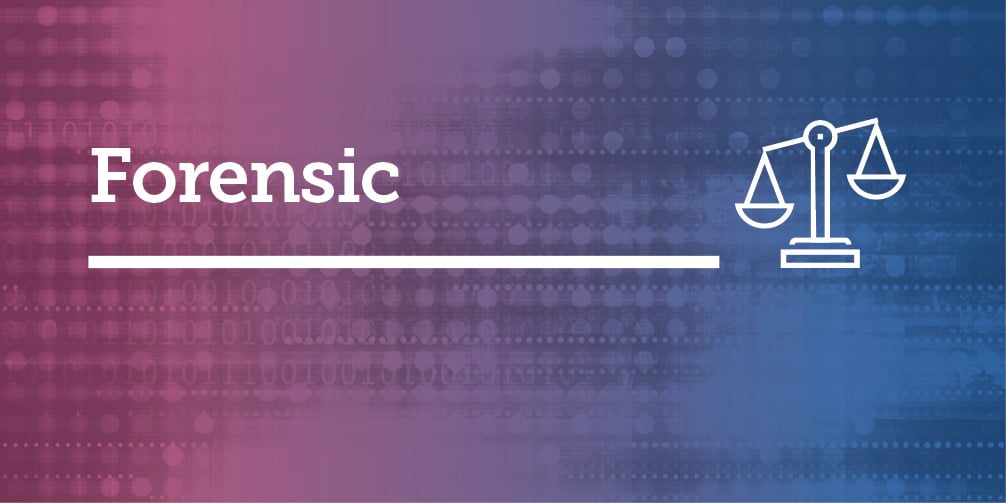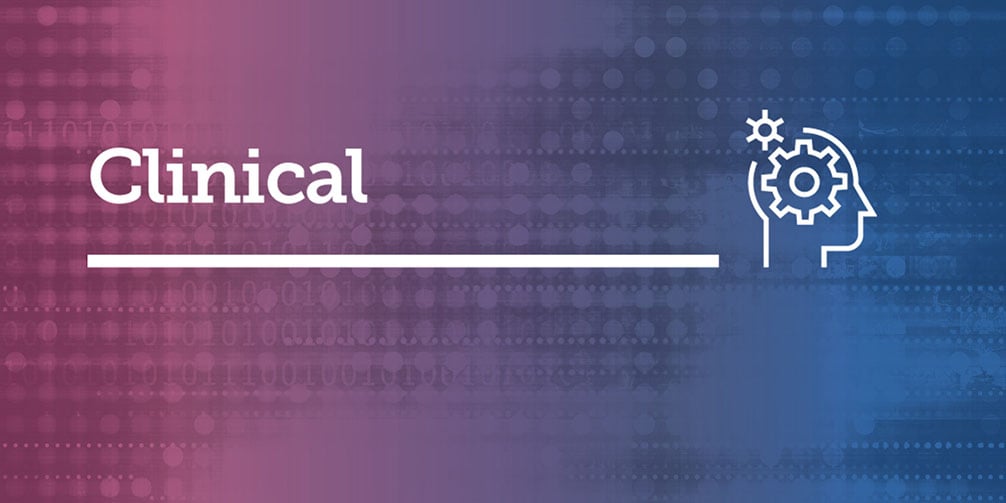(SizeLimitingPyMap: {badge_earning=true, ce_hours_dropdown=20, certificate=[MENTAL DISABILITY LAW], course_image=https://f.hubspotusercontent20.net/hubfs/20705724/Course%20Images/Events/Program_Forensic_Main_Image.jpg, course_type=On Demand, id=611945327, in_partnership_with__search_=MDLPA, is_published=Yes, length=20 hours, name=MDLPA: Mental Disability Law and Criminal Law, page_url=MDLPA-Mental-Disability-Law-and-Criminal-Law, partner_logo_url=https://f.hubspotusercontent20.net/hubfs/20705724/Partner%20Logos/MDLPA%20Logo.png, presented_by=Mental Disability Law and Policy Associates (MDLPA), price__usd_=500, product_id=Z2lkOi8vc2hvcGlmeS9Qcm9kdWN0VmFyaWFudC80MTg4NDA1MjkxNDQwOQ==, speciality_category=[Certificates | Forensic, Neuropsychology | Clinical, Neuropsychology | Forensic, Civil | Forensic, Criminal | Forensic, Diversity | Forensic], specialty_area=[Forensic], thinkific_course_id=890390})
The result is
HELLO
(Integer: 464)
Course Catalog
Browse over 100 self-paced continuing and professional studies programs .
Specialty Area
Show All
Format
Show All
CE Hours
Show All
Certificates
Show All
Presenters
Show All
In Partnership With
Show All
forensic aafpcriminalproceedings
 4 Hours / 4 CEs
Live
4 Hours / 4 CEs
Live



Mary Elizabeth Wood, Ph.D., ABPP
LIVE: Competence to Stand Trial Evaluations & Competency Training for Individuals with Intellectual Disability (ID)
1774569600000Event Date: Mar. 27, 2026 | 9:00 AM - 1:00 PM
$200
03/27/2026
4
livecompetencetostandtrialevaluationscompetencytrainingforindividualswithintellectualdisabilityid
200
forensic
 14 Hours / 14 CEs
Live
14 Hours / 14 CEs
Live


1770249600000Event Date: Feb. 5, 2026 - Feb. 13, 2026

 14 Hours / 14 CEs
14 Hours / 14 CEs


David A. Martindale, PhD, ABPP (Forensic)
Christopher Mulchay, PhD, ABPP (Forensic)
LIVE: Conducting Parenting Plan Evaluations in Family Law Cases
1770249600000Event Date: Feb. 5, 2026 - Feb. 13, 2026
9:00 AM - 12:30 PM
$600

02/5/2026
14
liveconductingparentingplanevaluationsinfamilylawcases
600
clinical
 3 Hours / 3 CEs
Live
3 Hours / 3 CEs
Live

 3 Hours / 3 CEs
3 Hours / 3 CEs

Jared Boot-Haury, PsyD, ABPP
LIVE: Culturally Responsive Care with Asexual Clients
1781222400000Event Date: Jun. 12, 2026 | 9:00 AM - 12:00 PM
$150
06/12/2026
3
liveculturallyresponsivecarewithasexualclients
150
forensic
 8 Hours / 7 CEs
Live
8 Hours / 7 CEs
Live


 8 Hours / 7 CEs
8 Hours / 7 CEs

Randy Otto, PhD, ABPP
LIVE: Effective Expert Testimony
1772668800000Event Date: Mar. 5, 2026 | 9:00 AM - 5:00 PM
$350

03/5/2026
7
liveeffectiveexperttestimony
350
forensic
 14 Hours / 14 CEs
Live
14 Hours / 14 CEs
Live


1769040000000Event Date: Jan. 22, 2026 - Feb. 12, 2026

 14 Hours / 14 CEs
14 Hours / 14 CEs


Mary Elizabeth Wood, Ph.D., ABPP
Kimberly Brown, Ph.D., ABPP
LIVE: Evaluations of Mental State at the Time of the Alleged Offense (Insanity/Criminal Responsibility)
1769040000000Event Date: Jan. 22, 2026 - Feb. 12, 2026
9:00 AM - 12:30 PM
$600

01/22/2026
14
liveevaluationsofmentalstateatthetimeoftheallegedoffenseinsanitycriminalresponsibility
600
clinical
 3 Hours / 3 CEs
Live
3 Hours / 3 CEs
Live

 3 Hours / 3 CEs
3 Hours / 3 CEs

Sharlisa L. Byrd, LMFT
LIVE: Healing the Healers: Introducing the BYRD Model for Culturally Rooted Trauma Care
1780617600000Event Date: Jun. 5, 2026 | 9:00 AM - 12:00 PM
$150
06/5/2026
3
livehealingthehealersintroducingthebyrdmodelforculturallyrootedtraumacare
150
clinical
 1 Hour / 1 CE
Live
1 Hour / 1 CE
Live

 1 Hour / 1 CE
1 Hour / 1 CE

Kati Hajibagheri, BSc, MBBS
LIVE: Neurodiversity 101: Understanding Neurodiversity
1769558400000Event Date: Jan. 28, 2026 | 12:00 PM - 1:00 PM
$125
01/28/2026
1
liveneurodiversity101understandingneurodiversity
125
digitalmentalhealth
.jpg) 1 Hour / 1 CE
Live
1 Hour / 1 CE
Live

.jpg) 1 Hour / 1 CE
1 Hour / 1 CE

Shiveta Gandotra, PhD
LIVE: Scrolling Minds: Understanding and Addressing the Mental Health Effects of Social Media
1777248000000Event Date: Apr. 27, 2026 | 9:00 AM - 10:00 AM
$75
04/27/2026
1
livescrollingmindsunderstandingandaddressingthementalhealtheffectsofsocialmedia
75



